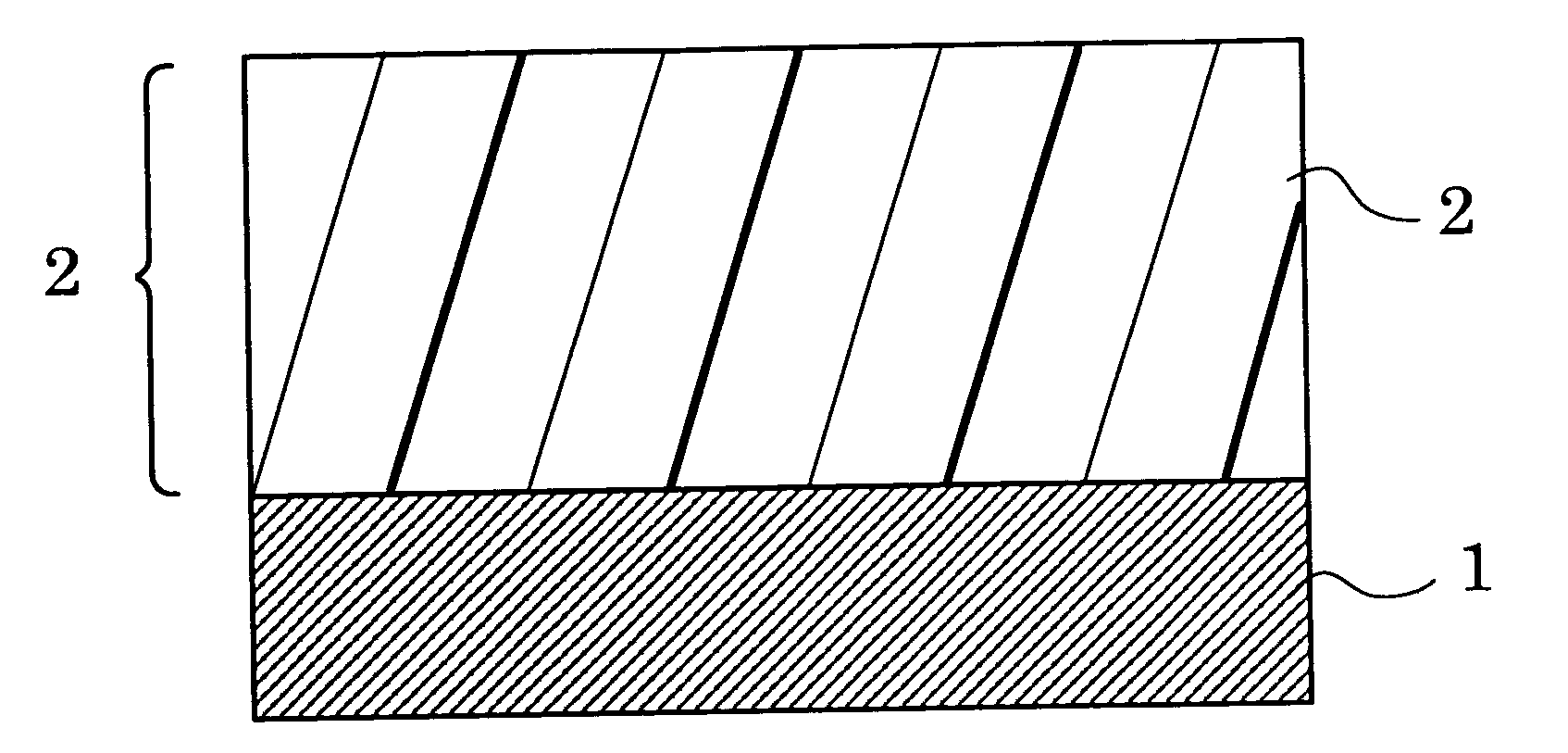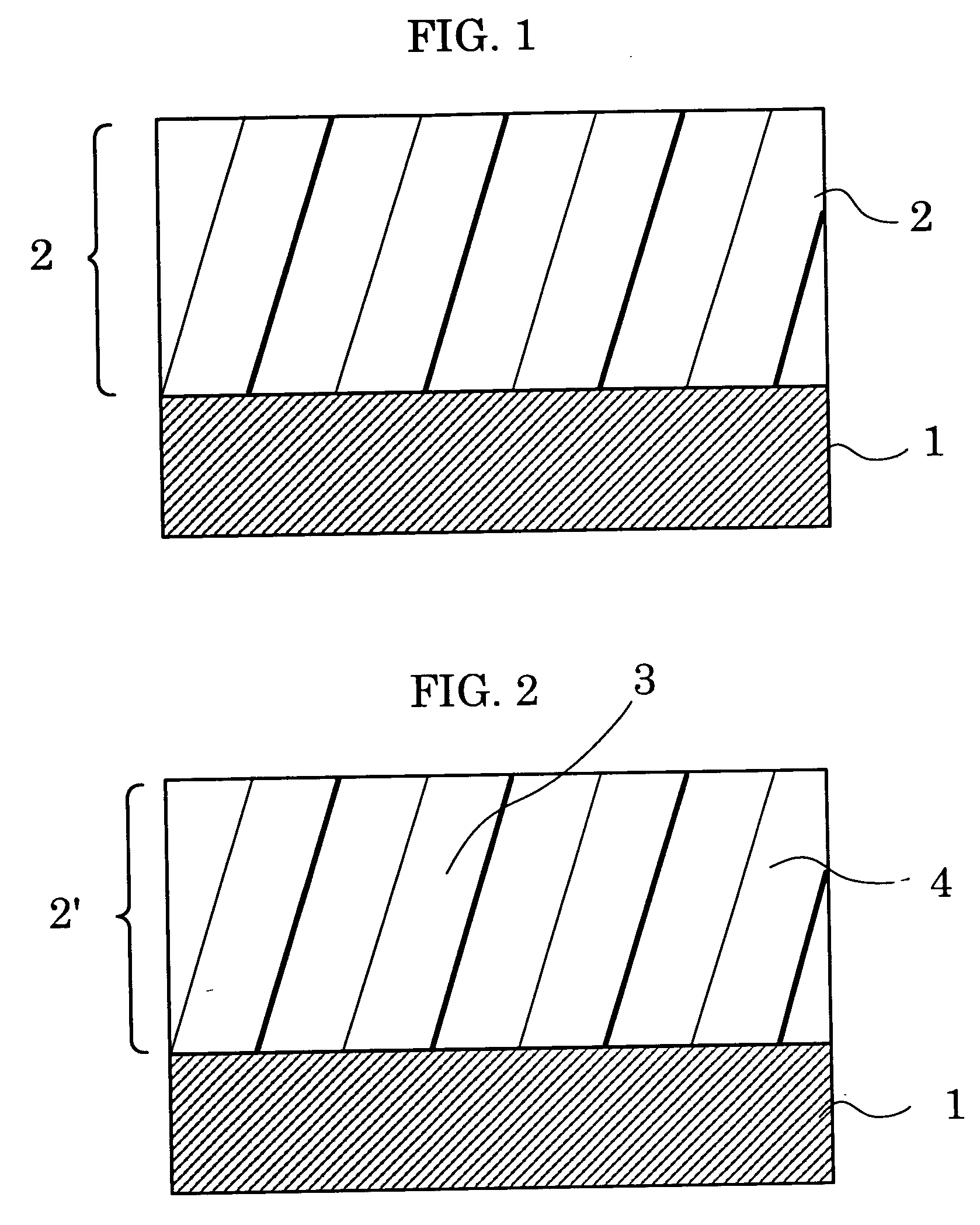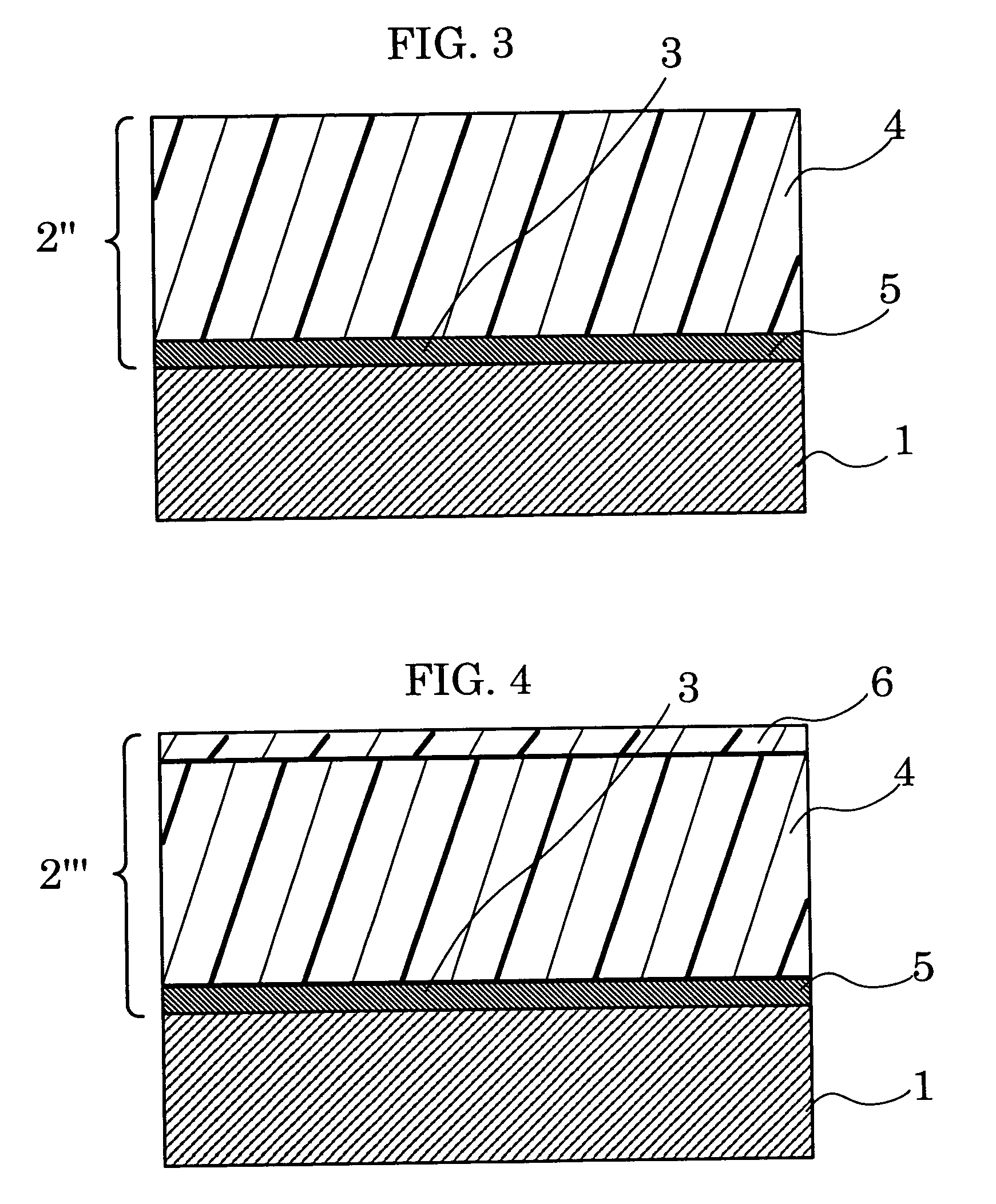Aromatic polyester resin, and electrophotographic photoconductor and image forming apparatus using thereof
a polyester resin and photoconductor technology, applied in the direction of electrographic process, instruments, corona discharge, etc., can solve the problems of low-molecular charge-transporting material deterioration inherent mechanical strength of the binder resin, impaired durability of the photoconductor, etc., to achieve high durability, high sensitivity, and high resistance to a carrier used
- Summary
- Abstract
- Description
- Claims
- Application Information
AI Technical Summary
Benefits of technology
Problems solved by technology
Method used
Image
Examples
example a
Synthesis of Aromatic Polyester Resin
[0211] 1.30 g of sodium hydroxide, 96 mg of sodium hydrosulfite and 48 ml of water were mixed and the resultant mixture was stirred while bubbling the mixture using a nitrogen gas, thereby dissolving sodium hydroxide and sodium hydrosulfite in water and obtaining a solution. To the obtained solution, 15 mg of 4-tert-butylphenol, 8 mg of benzyltriethylammonium chloride and 3.16 g of N-{4-[2,2-bis(4-hydroxyphenyl) vinyl] phenyl}-N,N-bis(4-tolyl) amine as a diol having a charge transporting function were added in this order and the resultant mixture was stirred for 30 minutes, thereby obtaining a solution. Separately, a solution in which 0.66 g of terephthalic acid chloride and 0.66 g of isophthalic acid chloride were dissolved in 40 ml of dichloromethane, was prepared and the solution was dropped into the above-noted solution at 20° C. during one hour, thereby obtaining a solution. Thereafter, the obtained solution was stirred at room temperature...
example b
[0217] 1.28 g of sodium hydroxide, 96 mg of sodium hydrosulfite and 48 ml of water were mixed and the resultant mixture was stirred while bubbling the mixture using a nitrogen gas, thereby dissolving sodium hydroxide and sodium hydrosulfite in water and obtaining a solution. To the obtained solution, 21 mg of 2,4,6-trimethylphenol, 10 mg of benzyltriethylammonium chloride, 0.86 g of 1,1-bis(4-hydroxyphenyl) cyclohexane and 2.15 g of N-{4-[2,2-bis(4-hydroxyphenyl) vinyl] phenyl}-N,N-bis(4-tolyl) amine as a diol having a charge transporting function were added in this order and the resultant mixture was stirred for 30 minutes, thereby obtaining a solution. Separately, a solution in which 0.76 g of terephthalic acid chloride and 0.76 g of isophthalic acid chloride were dissolved in 40 ml of dichloromethane, was prepared and the solution was dropped into the above-noted solution at 20° C. during one hour, thereby obtaining a solution. Thereafter, the obtained solution was stirred at roo...
example c
[0223] 1.34 g of sodium hydroxide, 96 mg of sodium hydrosulfite and 48 ml of water were mixed and the resultant mixture was stirred while bubbling the mixture using a nitrogen gas, thereby dissolving sodium hydroxide and sodium hydrosulfite in water and obtaining a solution. To the obtained solution, 22 mg of 2,4,6-trimethylphenol, 11 mg of benzyltriethylammonium chloride, 0.81 g of 2,2-bis(4-hydroxyphenyl) propane and 2.15 g of N-{4-[2,2-bis(4-hydroxyphenyl) vinyl] phenyl}-N,N-bis(4-tolyl) amine as a diol having a charge transporting function were added in this order and the resultant mixture was stirred for 30 minutes, thereby obtaining a solution. Separately, a solution in which 0.80 g of terephthalic acid chloride and 0.80 g of isophthalic acid chloride were dissolved in 40 ml of dichloromethane, was prepared and the solution was dropped into the above-noted solution at 20° C. during one hour, thereby obtaining a solution. Thereafter, the obtained solution was stirred at room te...
PUM
| Property | Measurement | Unit |
|---|---|---|
| carbon number | aaaaa | aaaaa |
| temperature | aaaaa | aaaaa |
| temperature | aaaaa | aaaaa |
Abstract
Description
Claims
Application Information
 Login to View More
Login to View More - R&D
- Intellectual Property
- Life Sciences
- Materials
- Tech Scout
- Unparalleled Data Quality
- Higher Quality Content
- 60% Fewer Hallucinations
Browse by: Latest US Patents, China's latest patents, Technical Efficacy Thesaurus, Application Domain, Technology Topic, Popular Technical Reports.
© 2025 PatSnap. All rights reserved.Legal|Privacy policy|Modern Slavery Act Transparency Statement|Sitemap|About US| Contact US: help@patsnap.com



